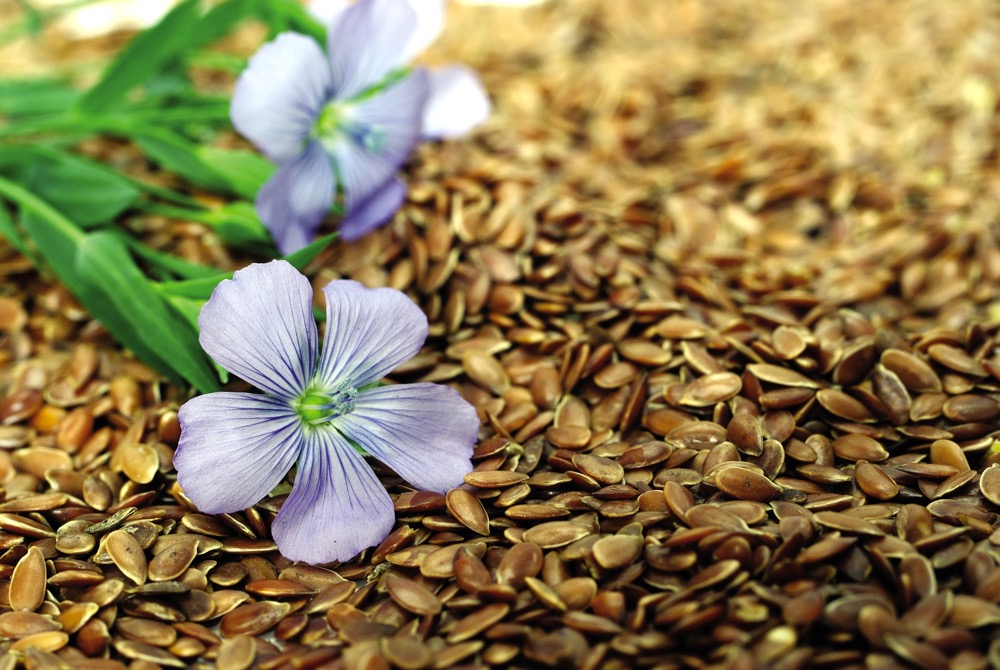Diets supplemented with flaxseed and pulses can reduce risk of certain diseases and thus curtail Canada’s health care spending.
That was the message presented to attendees of the Manitoba Sustainable Protein Research Symposium in Winnipeg June 21.
The speaker was Luc Clair, a health economist and principal investigator with the Canadian Centre for Agri-Food Research in Health and Medicine. He studies potential health care savings of food-based health interventions. The centre is a federal research group based in Winnipeg.
Read Also

Three paths of rengerative agriculture
From integrating livestock to grassland financial incentives to precision grazing, Canadian farmers are searching for practical paths to marry farm resilience with profit
“If we can make people healthier, then we can reduce the demand for health care services,” said Clair.
Why it matters: Canada was on track to spend about $331 billion on health care last year, according to a November 2022 report from the Canadian Institute for Health Information.
Canada’s health care spending is rising year over year, Clair said. The number of people with chronic diseases like diabetes, hypertension (high blood pressure) and heart disease is also rising, partly because of higher disease rates and partly due to a growing population. That population is also aging.

Canada’s health spending reached 13.8 per cent of the country’s GDP in 2020 during the first year of the pandemic, according to data from the Canadian Institute for Health Information. Even before that, however, the nation spent an average 11.44 per cent of its GDP between 2010-19. That compares to an average 9.1 per cent of GDP from 1990-99.
Statistics Canada reports that the average age of Canadians had risen to 41.7 years as of 2022, 3.9 years older than in 2002. Additionally, about one in five Canadians was 65 years old or older.
If governments want to reduce health care spending, reducing demand is one way to do it, Clair said.
Functional foods like pulses or flaxseed could be used as supplementary treatments along with pharmacological options.
Incorporating pulses into a diet has been shown as an effective strategy to reduce cardiovascular disease, according to Clair. He pointed to one study that showed pulses could slow the progress of peripheral artery disease or begin to reverse it.
Using that study and provincial data, Clair said he did a “cost of illness” analysis where he estimated the cost of peripheral artery disease to Manitoba and the potential savings if people with the disease ate half a cup of pulses per day.
He estimated this would reduce public costs by nearly $566,000 per year.
“Not huge, but certainly helpful,” he said.
Clair cited other research that estimated eating 100 grams of pulses per day could result in $6.2 million in annual savings for Canada for expenses related to type 2 diabetes.
Another study, published in 2015 by Frontiers in Pharmacology, showed that an increase of one gram of dietary fibre per day could reduce costs in Canada related to type 2 diabetes by up to $51 million and costs related to cardiovascular disease by up to $92 million.
Clair also did a cost of illness study that examined savings across Canada if those diagnosed with hypertension adopted a flax-based treatment.
According to Health Canada, 40 grams of ground, whole flaxseed per day has been shown to reduce cholesterol. Clair’s analysis suggested such a flax-based treatment in those with hypertension could save up to $291 million annually in health care costs.
“Incorporating healthful plant-based foods into your diet can help reduce the risk of chronic disease, which then reduces the demand for health care services, which then reduces health care costs,” the researcher said.
















